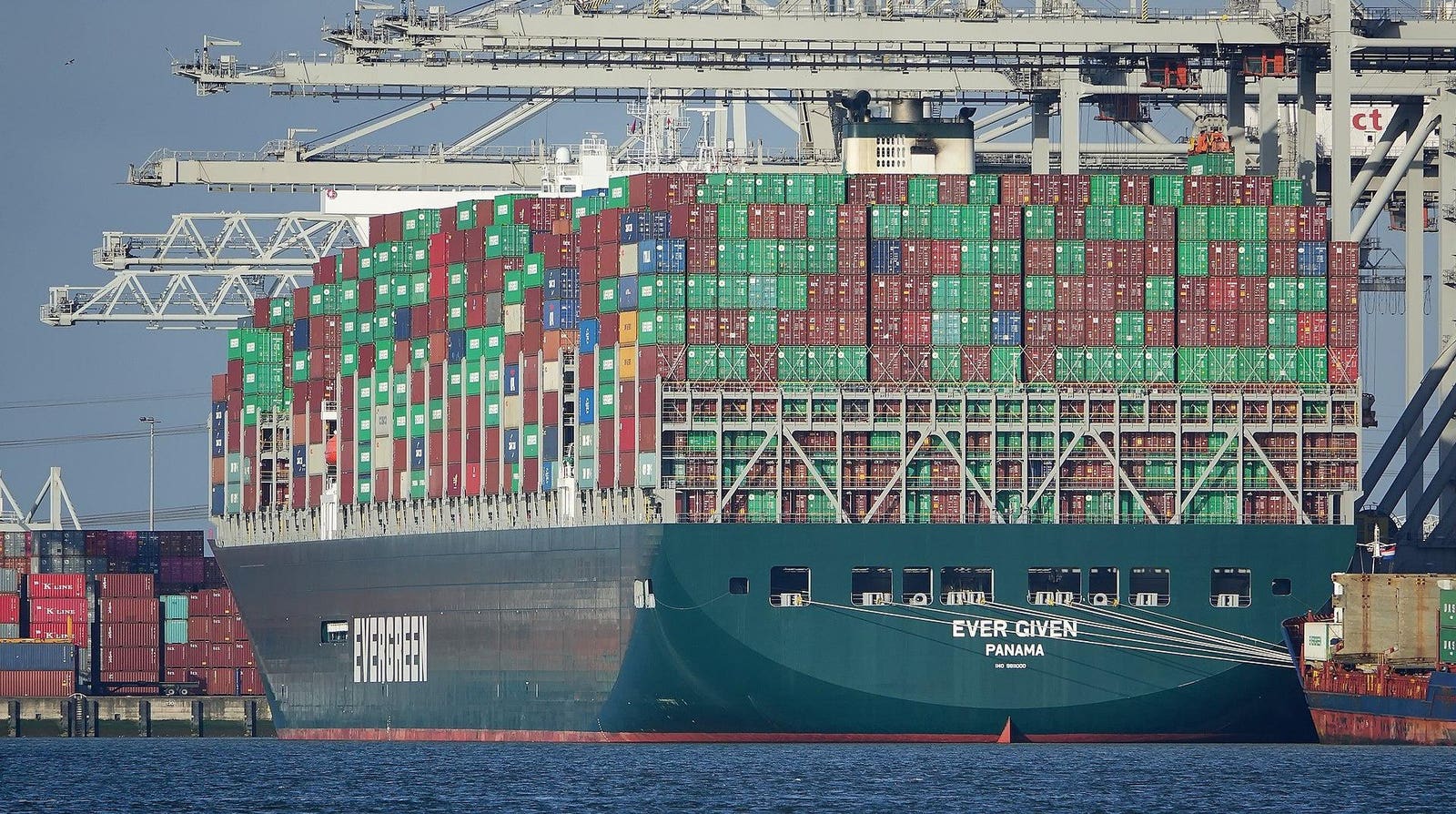The U.S. and European Union on Monday announced a truce on steel and aluminum tariffs, heading off a June 1 escalation as the two sides negotiate over “global excess capacity” and a potential tariff repeal. That’s a small step forward, but President Biden would do far more good for the U.S. economy if he rolled them back unilaterally.
The evidence is overwhelming that
Donald Trump’s tariffs have benefited the few to the detriment of the many. Consider the roughly 300 American manufacturers that wrote to Mr. Biden this month, protesting scarce metal materials and unsustainable prices.
The bulk of the signatories were unsung industrial companies with names like Ohio Screw Products or Clips and Clamps Industries. “On some products,”
they said, “American businesses pay 40 percent more for similar steel compared to their European counterparts.” Lead times have risen from six weeks to 20 weeks, “with some products not promised for delivery until 2022.” Mr. Biden’s big infrastructure plans could worsen the strain.
Spot steel prices have “seen a dramatic increase,” Whirlpool CEO Marc Bitzer said last month on an earnings call. “Take North America, they went up to $1,500. These are levels, I mean, unheard of.” Higher costs for materials, mainly steel and resin, “will negatively impact our business by about $1 billion” this year, he said, projecting the inflation won’t peak until the third quarter. Ford and John Deere aired similar news.
The tone was markedly different on earnings calls for big steel makers. “This past quarter was our best quarter in
Nucor’s history,” said CEO Leon Topalian.
Steel Dynamics hailed its “record revenues” and “near record quarterly steel shipments.” As a reason to be “bullish for a stronger for longer market,” U.S. Steel CEO David Burritt cited “low levels of steel in the supply chain” and “depleted inventories.” There’s nothing like government-enforced scarcity to allow monopoly rents.
High prices, low supplies, and financial records for steel makers: It sounds like a perfect time to end Mr. Trump’s tariffs. The latest jobs report said manufacturing employment fell 18,000 in April. It’s 515,000 below the pre-Covid mark of February 2020. With the stroke of an auto-pen, Mr. Biden could lift the burden of 25% tariffs on steel and 10% on aluminum, helping the economy emerge from the pandemic. So what is he waiting for?
If Mr. Biden imagines he can make the steel industry great again, it won’t work any better than it did for all of his predecessors who tried. The chart nearby shows 30 years of employment in iron and steel mills. Can you spot Mr. Trump’s renaissance? You might have to squint.
This jobs figure was 82,300 when Mr. Trump unveiled his tariffs in March 2018. A year and change later, amid a strong economy stoked by tax cuts, that number topped out at 88,300. In other words, looking at the longer trend, it was briefly back where it had been in the halcyon days of 2015. By the fall of 2019, though, steel prices and jobs had slid again, long before anyone heard of Covid.
What about output? In 2017 the U.S. produced 81.6 million metric tons of crude steel, per the World Steel Association. Skipping the plague year outlier, in 2019 that figure hit 87.8 million tons. It looks like a nice bump, yet it’s less than what the U.S. produced in 2014 or 2012 (see nearby chart). As for “global excess capacity,” Chinese output is up 21% since 2017. Even Covid
didn’t really dent its growth rate.
Meantime, the tariffs hurt industries that buy and use steel, plus their workers and millions of consumers. A 2019 Federal Reserve paper estimated that higher steel prices led to a loss of
75,000 manufacturing jobs. As one example, Europe’s retaliatory tariffs on
Harley-Davidson led it to shift some production overseas.
Another tariff analysis said that each new steel job
cost consumers $900,000. Tariffs begat tariffs, as Mr. Trump tried to prop up steel makers further by levying
(unlawfully, a court later said) additional taxes on metal imports like nails. Companies that couldn’t reorganize their supply chains, maybe because they needed specialized parts not available in the U.S., had to go begging—
and politicking—for tariff exclusions from Washington.
Mr. Trump justified his tariffs by invoking national security based on an obscure 1962 law, which wasn’t a believable story at the time and still isn’t. His own man at the Pentagon
said the military requires only 3% of U.S. steel and aluminum production. Mr. Trump’s protectionism failed by its own terms, and Mr. Biden won’t get a better chance to jettison it.

www.forbes.com



